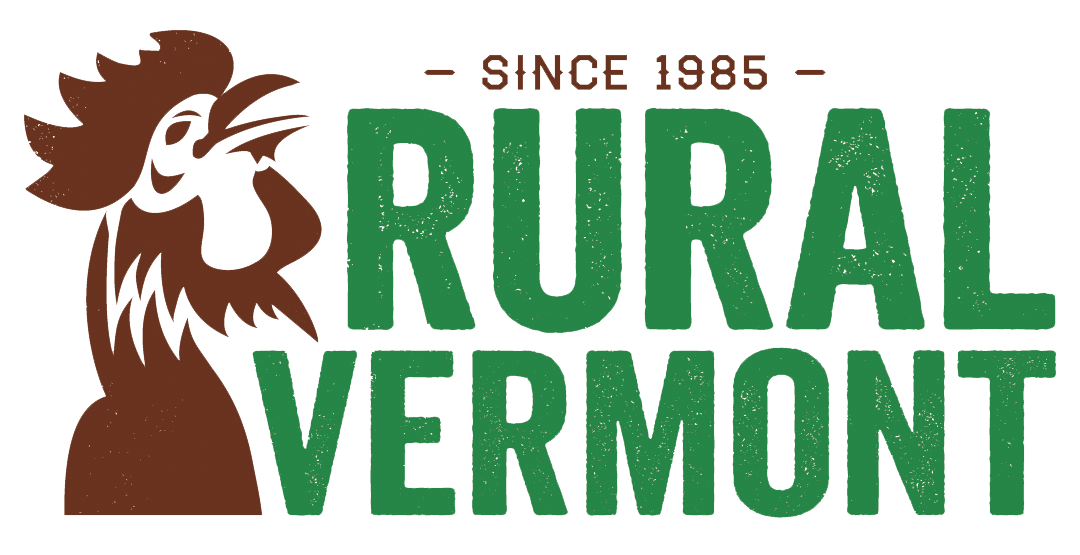Payments For Ecosystem Services - Advocacy for Farmer Led Program Development
We celebrate the publication of the UVM survey before the summer break. The “Results of the 2022 Vermont Farmer Conservation & Payment for Ecosystem Services Survey” will inform the development of a PES program for Vermont.Vermont made historic investments in soil health this session and included $1 million for the development of the state’s Ecosystem Services program in the FY 2023 budget.
We are proud to share that our current Board Member Noah Nour El-Naboulsi made significant contributions in his lead role as UVM Research Assistant in development and rollout of the surrey. More grassroots farmer participation in program development has been an advocacy goal of Rural Vermont and allies since the working groups existence in 2019. Find the report here.
Background about the Payment for Ecosystem Services Working Group and Rural Vermont advocacy and organizing in the realm:
The related Payment for Ecosystem Services (PES) Working Group was established in 2019, had their timeline extended twice and is now approaching the final phase for submitting a programmatic proposal by the beginning of the 2023 legislative Session. The PES working group is charged to present a legislative proposal that outlines how the state can improve soil health, enhance crop resilience, increase carbon storage and stormwater storage capacity, and reduce agricultural runoff through either modifying existing incentives or creating a new, so-called PES, program. This work goes back to an initiative of three farmer watershed groups, The Champlain Valley Farmer Coalition Inc., Franklin-Grand Isle Farmer's Watershed Alliance and the Connecticut River Watershed Farmers Alliance, who were “working together to launch a pilot project hiring farmers to produce better ecosystem services across Vermont.” Upon this initiative, the collaborative working group process was created to develop a program.
Rural Vermont and allies secured seats at the table for representatives of the Vermont Healthy Soils Coalition (VHSC) and diversified farmers. Cat Buxton, who also is a current Rural Vermont board member and the co-founder and board member of the Vermont Healthy Soils Coalition is part of the working group representing VHSC. Cat is also facilitating a group around small farmers and other stakeholders who inform the working group process with programmatic proposals like CSP+ and through public comment. Rural Vermont had also partnered with the White River NRCD and the Center for Agriculture and Food Systems at Vermont Law School to provide an overview of the working groups progress and recommendations on how to move forward early in 2021. Advocacy goals for Rural Vermont always included to ensure any development of a new program is not creating insurmountable bureaucratic costs and burdens for farmers that hinder enrollment or doesn’t pay off for them. Reasons why Rural Vermont took stake in the legislative charges that outline a process based on the assessment of existing programs and financial assessments as well as the opportunity to change or combine those to ease enrollment, and set more functional incentives that would address soil health, enhance crop resilience, increase carbon storage and stormwater storage capacity, and reduce agricultural runoff. Through public comment and sign-on letters (e.g. “Recommendation to thePES & Soil Health Working Group to Facilitate a Participatory Decision-Making Process with Farmers, May 24, 2021) Rural Vermont and allies called upon the working group members early on to ensure the process of program development is led democratically by the working group and based on farmer input. In the future, a good implementation of the Environmental Justice Policy (signed into law as Act 154, 2022) now mandates such “meaningful participation” of those most affected by policy decisions. With this in mind, we celebrate the efforts made to involve farmers strategically in program development and to allocate capacity to UVM to undertake a survey with Vermont farmers on the issue. Stay tuned for a summary of the report in our From The Statehouse Blog soon.
Resources:
UVM report “Results of the 2022 Vermont Farmer Conservation & Payment for Ecosystem Services Survey”
Meeting notes and materials, recordings and registration for upcoming meetings of the PES WG here: PES WG MEETINGS AND MATERIALS | Agency of Agriculture, Food and Markets (vermont.gov)
